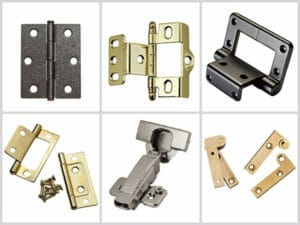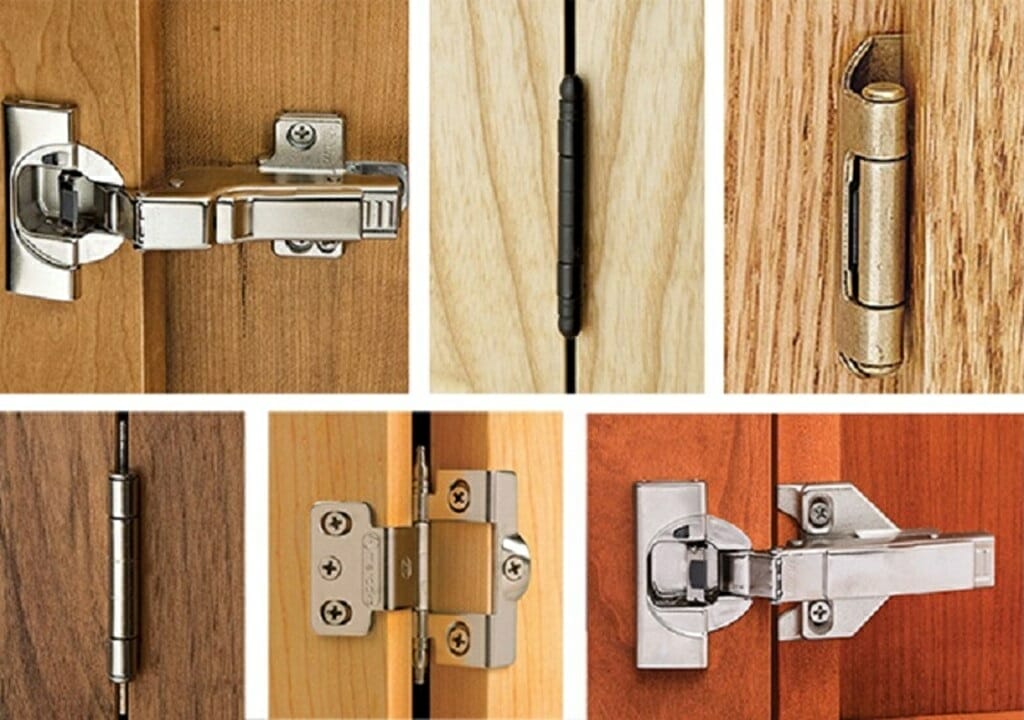Are you getting ready to tackle your next DIY project? This activity surged in popularity in 2020 as people up and down the UK sought to make good use of their time in lockdown and tick off those jobs that they’d previously been putting off for weeks, months, or even years.
In fact, a May 2020 survey from Compare the Market found that 74% of UK households were planning to get stuck into some DIY over the Bank Holiday weekend, with window cleaning, painting, and putting up shelves and pictures all high among people’s priorities.
By contrast, hanging a door came at the bottom of the list. That’s perhaps no great surprise, given it requires a certain degree of skilled expertise, and no one wants to feature on a selection of the funniest DIY fails.
But if you are tackling a task of that nature, you must have the right hinges for the job. Knowing which ones to choose is crucial, so here’s a quick guide to the most common types and their uses.

What are some of the most common types of hinges?
- Butt hinges
- Concealed hinges
- Piano hinges
- Heavy-duty hinges
- Strap hinges
Where to use the different types of hinges
- Butt hinges: These are the most common type of hinge. They’re made of two rectangular leaves, with knuckles in the middle connected by a pin. Butt hinges are typically found in standard doors for residential properties, with one leaf fixed to the frame and the other to the door itself.
- Concealed hinges: As the name suggests, these cannot be seen from the outside, unlike butt hinges, where the knuckles are visible. Concealed hinges tend to be used in kitchen cabinets for a smooth, aesthetically pleasing finish.
- Piano hinges: These are also known as continuous hinges in that they tend to be longer than a standard butt hinge. This allows them to distribute weight more evenly across the door, and they’re available in a range of sizes to suit your needs.
- Heavy-duty hinges: Butt, piano, concealed, and other types of hinges are usually all available in heavy-duty form. They provide crucial support for weightier doors (such as those made from oak) or furniture lids, where they must hold up the top to prevent it from falling back down and causing injury.
- Strap hinges: These are often used on garden gates, but depending on your style and tastes, they could always be implemented as a striking interior design feature. They’re made up of two long, thin leaves that stabilize heavier doors and fittings.












